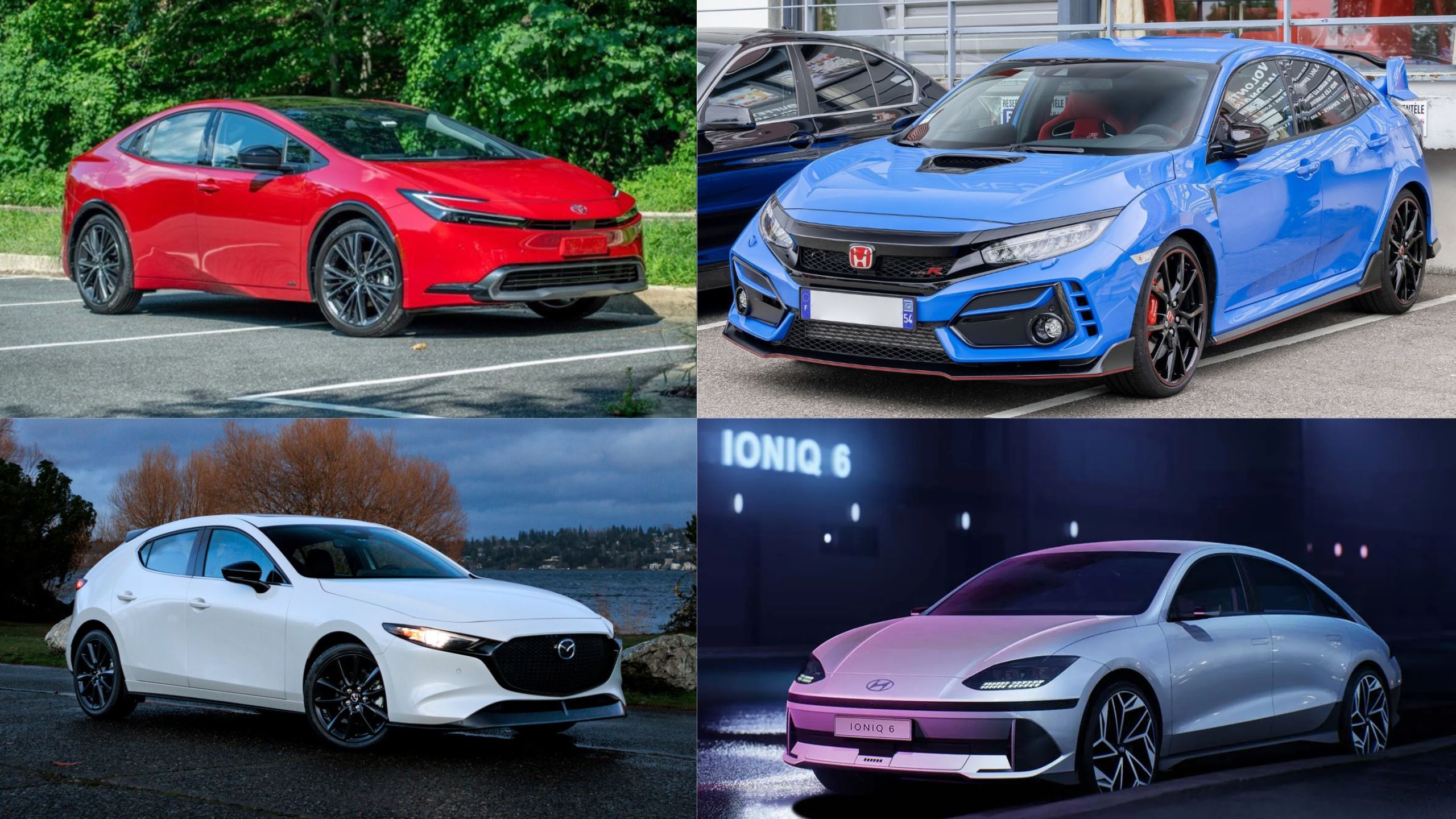The daily commute a ritual millions of people endure as they travel between home and workplace. For many, this journey represents a significant portion of their day, making the choice of commuter vehicle critically important.
The ideal commuter car balances fuel efficiency with comfort, reliability with affordability, and practicality with just enough enjoyment to make those traffic-filled minutes more bearable.
Not all vehicles are created equal when it comes to the commuting experience. Some cars seem purpose-built for the stop-and-go rhythm of rush hour traffic, offering smooth rides, excellent fuel economy, and technology that keeps you connected and entertained.
Others, despite their appeal in showrooms, reveal their weaknesses when subjected to the daily grind of commuting life.
In this comprehensive guide, we’ll explore five commuter cars that consistently prove their worth mile after mile, and five that, despite their potential strengths in other areas, fall short when tasked with the specific demands of daily commuting.
Whether you’re seeking a new vehicle specifically for your work travels or simply curious about which models excel in this common but demanding use case, this comparison will help you go through the crowded field of commuter options.
5 Commuter Cars That Go the Distance
1. Toyota Prius
The Toyota Prius remains the gold standard in commuter vehicles for good reason. Now in its fifth generation, the 2025 Prius has evolved significantly from its humble beginnings, blending remarkable efficiency with increasingly attractive styling and features that make daily drives more enjoyable.
The Prius’s hybrid powertrain delivers an impressive 57 mpg combined, translating to fewer stops at the gas station and significant savings over time. But efficiency isn’t the only area where this pioneer shines.
Toyota has addressed earlier criticisms by enhancing the driving experience, offering more responsive acceleration and improved handling compared to previous generations.
The 2025 model’s 194-horsepower system provides adequate power for highway merging a common pain point for commuters. Inside, the Prius offers a surprisingly spacious cabin with supportive seats that remain comfortable even during longer commutes.
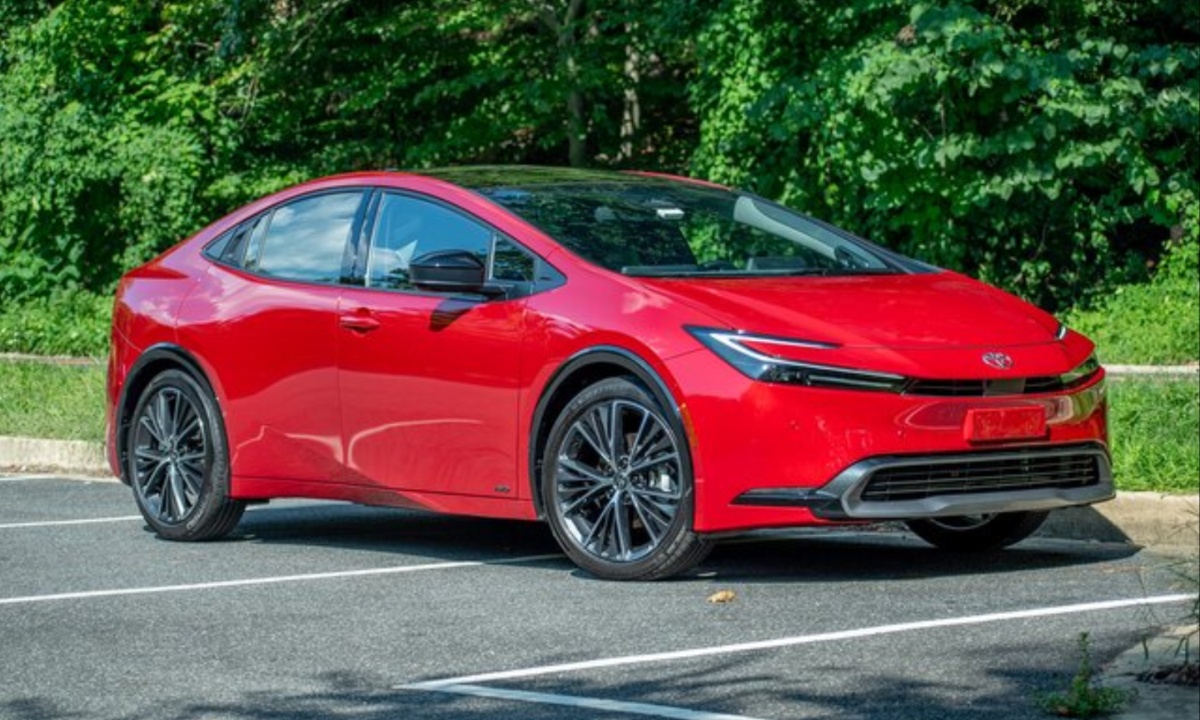
The infotainment system includes standard wireless Apple CarPlay and Android Auto, while the available 12.3-inch touchscreen provides clear navigation assistance to help drivers avoid traffic delays.
Toyota’s Safety Sense 3.0 comes standard, offering adaptive cruise control that excels in stop-and-go traffic, a feature commuters will appreciate during rush hour.
Perhaps most impressive is the Prius’s legendary reliability. With maintenance costs consistently below average and a stellar reputation for longevity, this hybrid represents not just immediate savings at the pump but long-term value as well.
Toyota’s 10-year/150,000-mile hybrid battery warranty provides additional peace of mind for commuters who put serious mileage on their vehicles.
While some might desire more excitement behind the wheel, the Prius prioritizes exactly what matters most to commuters: efficiency, comfort, technology, and dependability. It’s a vehicle that treats daily transportation as a practical science rather than an emotional experience exactly what many commuters need when facing the routine challenges of workday travel.
2. Honda Civic
The Honda Civic has achieved remarkable staying power in the compact car segment by consistently delivering exactly what commuters need without unnecessary frills or compromises. The 2025 model continues this tradition, offering exceptional value in a package that’s both practical and enjoyable to drive.
At the heart of the Civic’s commuter appeal is its remarkable balance of efficiency and performance. The standard 2.0-liter engine delivers 158 horsepower while maintaining an impressive 35 mpg combined, while the available turbocharged 1.5-liter bumps those numbers to 180 horsepower and 36 mpg combined.
This combination provides plenty of power for highway passing maneuvers while stretching every gallon of fuel during stop-and-go city driving. For those seeking even greater efficiency, the Civic Hybrid offers 50+ mpg without sacrificing the responsive handling that has become a Civic hallmark.
Ride quality is another area where the Civic excels for commuter duty. Honda has masterfully tuned the suspension to absorb road imperfections without feeling floaty, creating a composed ride that remains engaging when roads become more interesting.
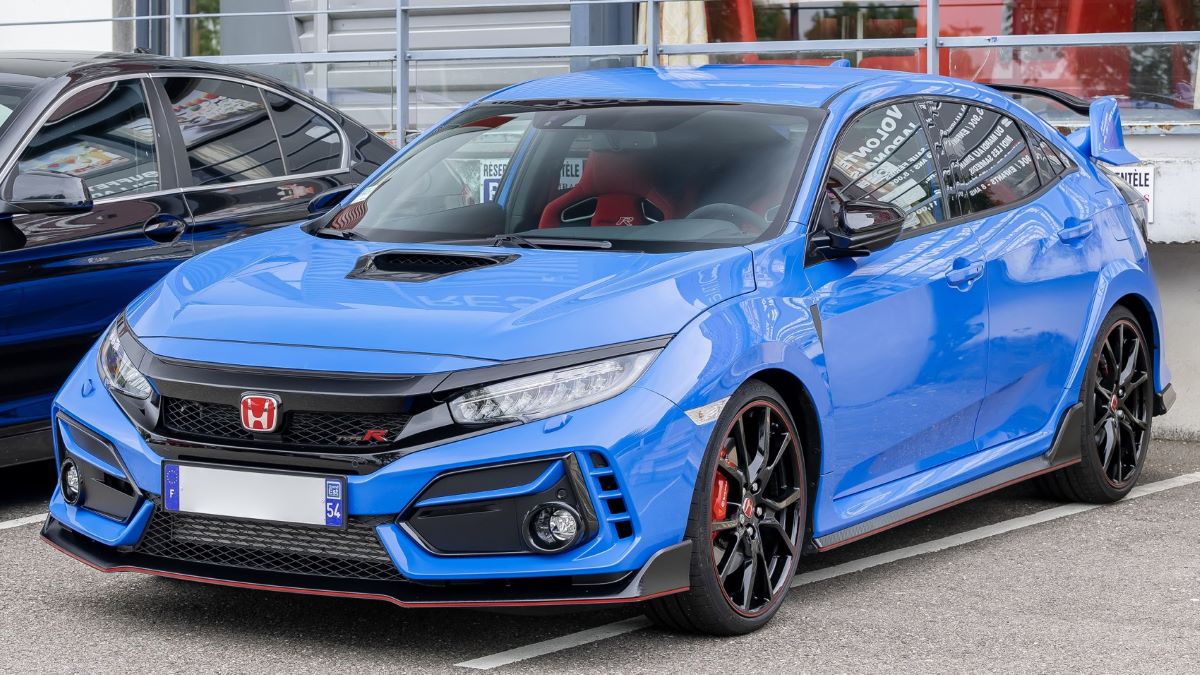
Road and wind noise longtime compact car drawbacks have been dramatically reduced through improved insulation and aerodynamics, making for a surprisingly quiet cabin even at highway speeds.
The interior continues to impress with quality materials that punch above the car’s price point. The driver-focused cockpit features intuitive controls and excellent visibility, while the standard 7-inch touchscreen (9-inch available) includes wireless smartphone integration and intuitive menus that minimize distraction.
Supportive seats with proper lumbar support help prevent fatigue during longer commutes. Honda’s reputation for reliability further strengthens the Civic’s commuter credentials. Regular maintenance costs remain affordable, and major repairs are refreshingly rare.
The included Honda Sensing safety suite features excellent adaptive cruise control and lane-keeping systems that reduce driver fatigue during busy highway commutes.
For commuters seeking remarkable efficiency, proven reliability, and just enough driving enjoyment to make the daily journey less mundane, the Civic continues to set the standard in the compact segment.
3. Hyundai Ioniq 6
The Hyundai Ioniq 6 represents the future of commuting a vehicle designed from the ground up to excel in the electric era while addressing the specific needs of daily drivers.
This aerodynamic sedan has quickly established itself as a commuter favorite by focusing on range, comfort, and technology that enhances the daily drive. Range anxiety, the persistent worry about battery depletion, is effectively eliminated by the Ioniq 6’s impressive capabilities.
The single-motor version delivers an EPA-estimated 361 miles on a charge, while even the more powerful dual-motor all-wheel-drive configuration manages 316 miles.
More importantly for commuters, the 800-volt architecture enables ultra-fast charging, allowing the battery to go from 10% to 80% in 18 minutes at compatible stations. This means even drivers without home charging can easily keep their vehicle ready for daily use with minimal time investment.
The driving experience perfectly matches commuter needs. The instant torque delivery provides confident acceleration for merging and passing, while the low center of gravity creates stable, composed handling.
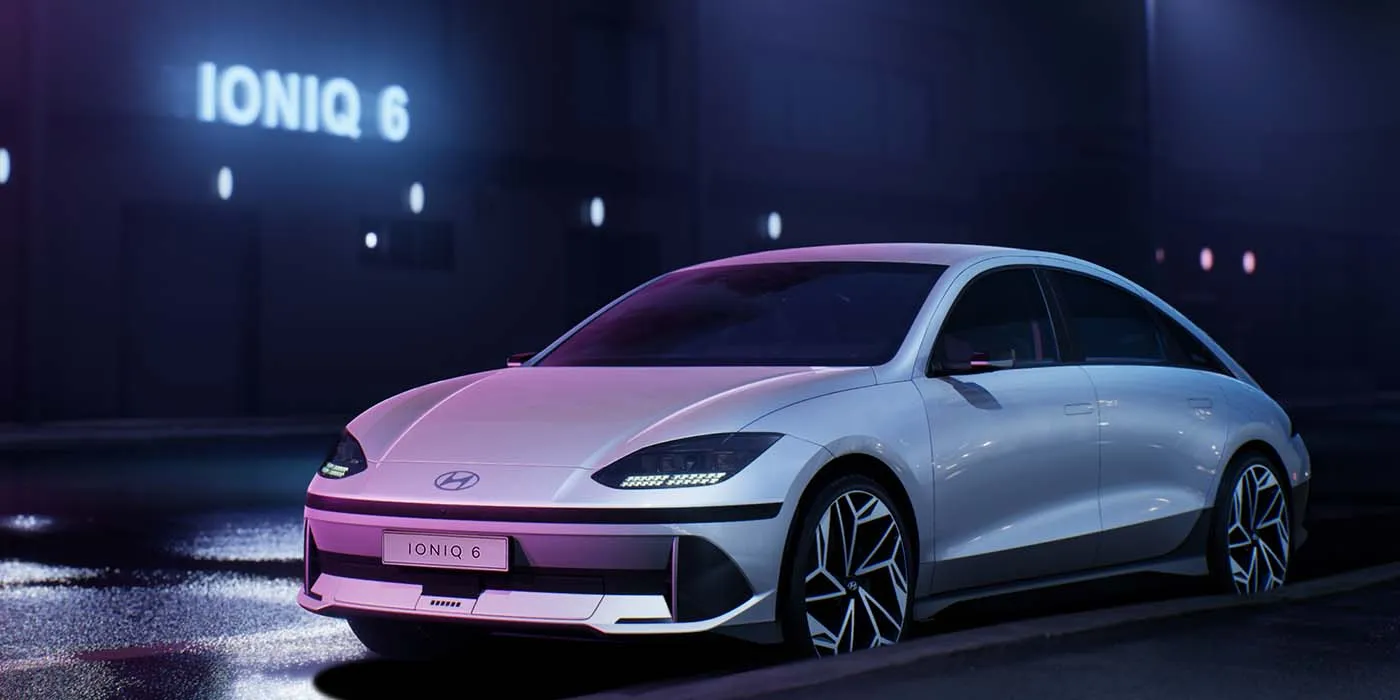
Hyundai has tuned the suspension for comfort without feeling disconnected, striking an ideal balance for varied commuting conditions. The regenerative braking system can be adjusted through steering wheel paddles, allowing for one-pedal driving that reduces fatigue in stop-and-go traffic.
Inside, the Ioniq 6 creates a relaxing environment that helps drivers decompress during their daily journey. The minimalist cabin features sustainably sourced materials and thoughtful touches like adjustable ambient lighting.
The dual 12.3-inch screens provide clear information without overwhelming the driver, while the augmented reality head-up display projects navigation instructions directly onto the windshield, minimizing visual distractions.
Particularly noteworthy for commuters is the Highway Driving Assist 2 system, which combines adaptive cruise control with lane centering that works remarkably well even in heavy traffic conditions. The system reduces driver workload without constant supervision, making it ideal for routine commuting routes.
With lower operating costs than combustion alternatives, generous warranty coverage, and technology that takes the stress out of daily driving, the Ioniq 6 represents a compelling option for commuters ready to embrace the electric revolution.
4. Mazda3
The Mazda3 stands as compelling evidence that a commuter car needn’t be a joyless appliance. While many competitors focus exclusively on practicality, the Mazda3 manages to deliver the efficiency and reliability commuters demand while wrapping it in a package that makes the daily journey something to anticipate rather than endure.
Driving dynamics are where the Mazda3 truly distinguishes itself from typical commuter options. The precise steering offers genuine feedback, while the chassis responds intuitively to driver inputs without sacrificing ride quality.
Even the base 2.5-liter engine with 191 horsepower provides ample power, delivering 30 mpg combined while offering satisfying acceleration. For those seeking more performance, the available turbocharged engine with 250 horsepower transforms the daily commute without drastically affecting fuel economy.
Mazda’s thoughtful approach to reducing driver fatigue makes this vehicle particularly well-suited to longer commutes. The seats provide exceptional support with proper thigh and lumbar positioning based on extensive ergonomic research.
The driving position feels natural, with controls placed intuitively within reach. Road and engine noise are remarkably well suppressed through strategic sound insulation and acoustic glass, creating a serene environment even on busy highways.
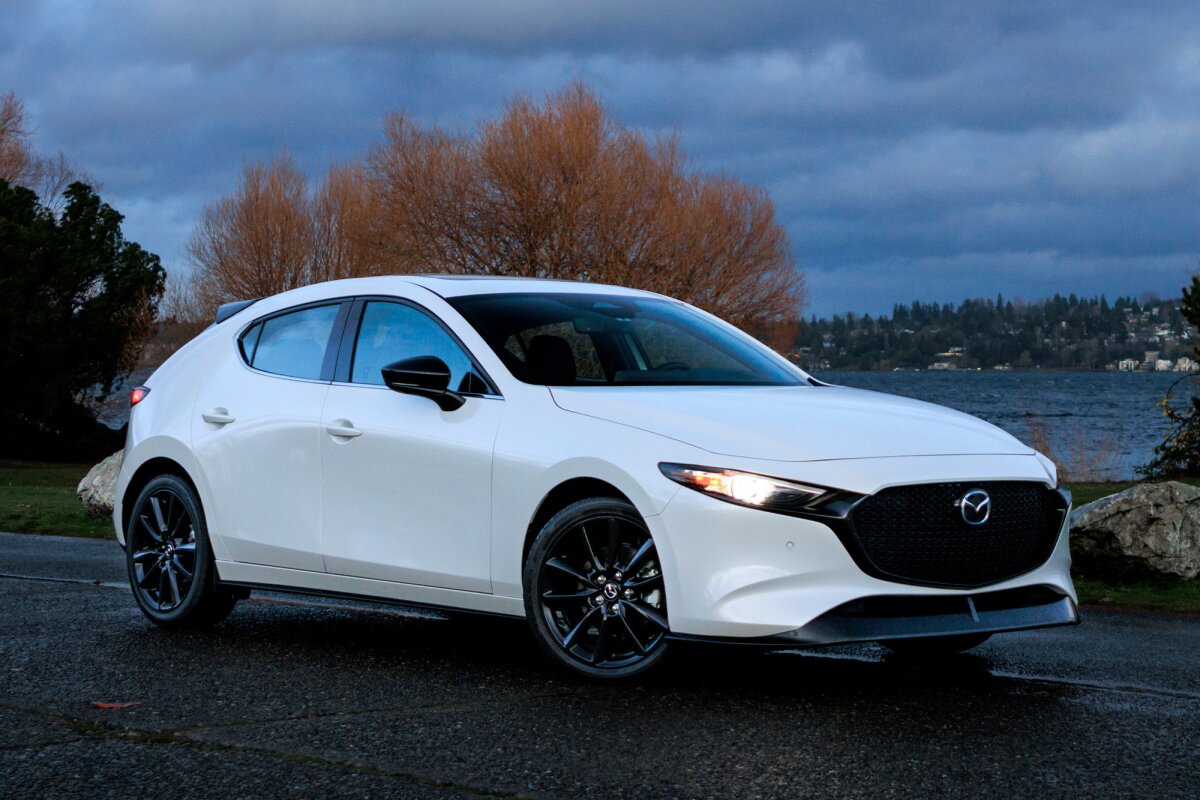
The interior quality substantially exceeds what’s expected at this price point. Soft-touch materials cover most surfaces, while the clean, driver-focused design minimizes distractions.
The 8.8-inch infotainment screen is controlled by a rotary knob rather than touch inputs, allowing drivers to make adjustments without taking their eyes off the road – a significant safety advantage during commuting.
Standard safety features include adaptive cruise control with stop-and-go capability, lane-keeping assistance, and automatic emergency braking. The available Traffic Jam Assist further reduces commuting stress by handling acceleration, braking, and steering in congested conditions up to 40 mph.
Mazda’s reliability ratings have steadily improved in recent years, now placing the brand among the industry’s most dependable. Combined with competitive pricing and strong resale values, the Mazda3 makes a compelling financial case despite its premium feel.
For commuters who view driving as more than mere transportation, the Mazda3 delivers practical commuting virtues without forcing drivers to abandon all sense of engagement and enjoyment.
Also Read: 5 Budget Cars With Low Ownership Costs and 5 That Empty Wallets
5. Kia EV6
The Kia EV6 represents a bold reimagining of what a commuter vehicle can be in the electric age. This crossover-styled EV combines striking design with thoroughly practical features that address the specific needs of daily drivers going through increasingly complex commuting environments.
Range confidence is fundamental to any electric commuter vehicle, and the EV6 delivers impressively. The standard range model offers 232 miles of EPA-estimated range, while extended range versions reach up to 310 miles.
Like its corporate cousin the Ioniq 6, the EV6 benefits from 800-volt architecture enabling ultra-fast charging capabilities adding approximately 217 miles of range in just 18 minutes at compatible DC fast chargers. For commuters, this means minimal downtime even on days when unexpected detours extend their normal route.
The EV6’s adaptability to various driving conditions makes it particularly well-suited to commuting duties. The available dual-motor all-wheel drive provides confident handling in adverse weather, while the adjustable regenerative braking system can be tailored to driver preference and traffic conditions.
In stop-and-go situations, the one-pedal driving mode reduces fatigue significantly. The suspension tuning strikes an excellent balance between compliance over rough surfaces and controlled body motions during more dynamic driving.
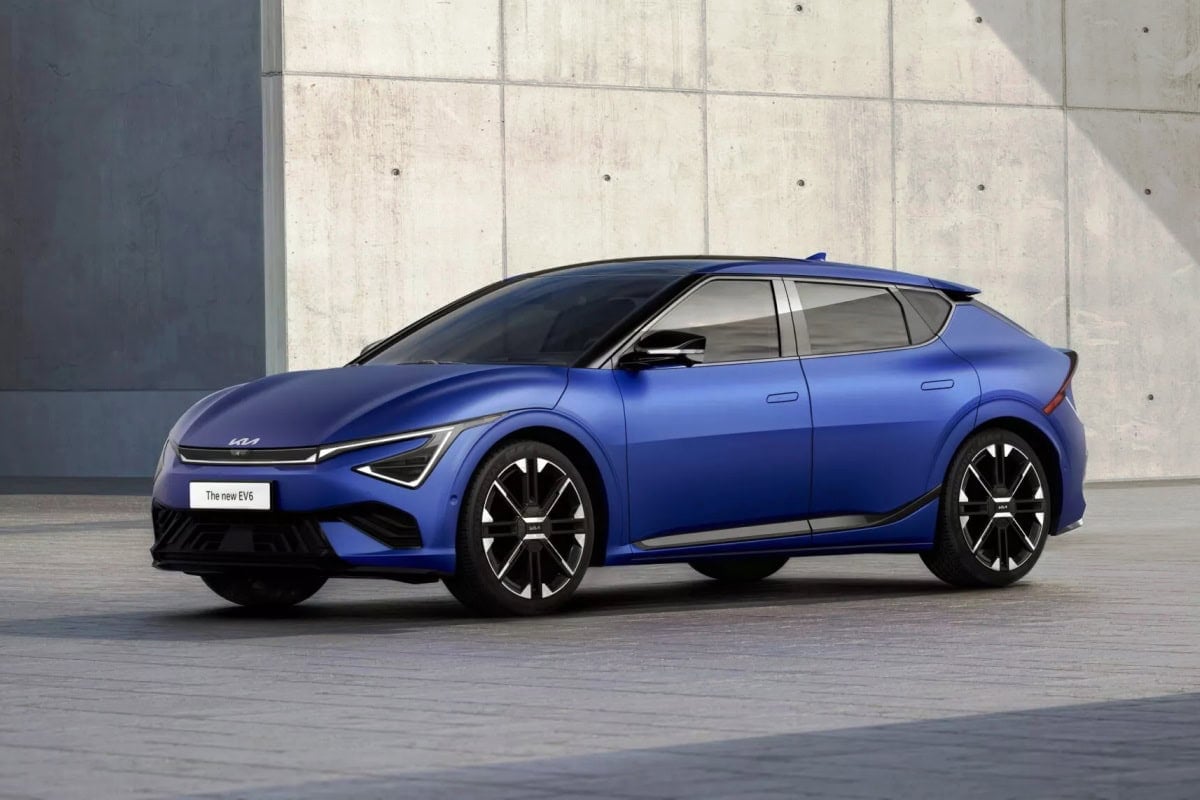
Inside, the EV6 creates a surprisingly spacious environment despite its sleek exterior dimensions. The flat floor enabled by the dedicated electric platform provides exceptional passenger space, while the adjustable center console can slide to accommodate different needs.
The dual curved displays provide clear information without overwhelming the driver, and the augmented reality head-up display projects navigation instructions directly onto the windshield to minimize distraction.
The comprehensive driver assistance package includes Highway Driving Assist 2, which handles steering, acceleration and braking during highway driving with remarkable smoothness.
The system reduces driver workload substantially during routine commutes while maintaining appropriate vigilance for unexpected situations.
Kia’s industry-leading warranty coverage includes 10 years/100,000 miles on the battery, providing long-term peace of mind for commuters concerned about potential replacement costs.
Combined with lower maintenance requirements than combustion vehicles and reduced fuel costs, the EV6 presents a compelling total cost of ownership despite its higher initial price point.
For commuters seeking to embrace electric driving without compromise, the EV6 delivers a thoroughly modern interpretation of what daily transportation can be.
5 Commuter Cars That Stall in Traffic
1. Jeep Wrangler
The Jeep Wrangler has rightfully earned its legendary status for off-road capability, rugged styling, and the unique open-air experience it provides. However, these same characteristics that make it exceptional for weekend adventures render it problematic as a daily commuter vehicle for most drivers.
Fuel efficiency a critical factor for regular commuting represents perhaps the Wrangler’s most significant shortcoming in this context. Even the most efficient V6 model struggles to exceed 20 mpg combined, while the more powerful options drop into the mid-teens.
For a commuter covering significant distances, this translates to substantially higher fuel costs compared to more efficient alternatives. While the 4xe plug-in hybrid improves matters somewhat, its electric-only range of approximately 22 miles limits its efficiency benefits for longer commutes.
The ride quality further undermines the Wrangler’s commuter credentials. The solid axles and stiff suspension that enable impressive articulation off-road create a bouncy, sometimes harsh experience on paved surfaces.
Road imperfections transmit directly into the cabin, while the tall, boxy shape generates significant wind noise at highway speeds particularly with the soft top configuration. These factors combine to create a fatiguing environment during longer drives.

Handling characteristics that serve the Wrangler well on trails become liabilities during daily driving. The vague steering requires constant small corrections to maintain lane position, while the high center of gravity creates noticeable body roll during cornering.
Emergency maneuvers feel less controlled than in more road-focused vehicles, requiring greater driver attention and skill. The interior, while improved in recent generations, prioritizes ruggedness over comfort.
The upright seating position becomes uncomfortable during longer drives, and the limited adjustment range may not accommodate all body types effectively. The infotainment system provides basic functionality but lacks some refinements found in more commuter-oriented vehicles.
Practical considerations further diminish the Wrangler’s commuter appeal. The limited cargo space restricts grocery runs and other daily errands, while the high step-in height can become tiresome with frequent entries and exits.
Security concerns with soft-top models may necessitate removing valuables when parking in public areas during the workday. While the Wrangler excels as a lifestyle vehicle and weekend escape machine, its fundamental design priorities create significant compromises for the specific needs of daily commuting.
Those willing to accept these trade-offs for the Wrangler’s unique character should budget accordingly for increased operating costs and prepare for a more involving – though not necessarily more rewarding – daily driving experience.
2. Dodge Challenger
The Dodge Challenger evokes undeniable emotional appeal with its muscular styling, thunderous V8 options, and nostalgic connection to America’s performance heritage.
However, when evaluated specifically as a daily commuter vehicle, the Challenger reveals significant shortcomings that potential buyers should carefully consider.
Fuel economy represents perhaps the most obvious practical limitation for commuting purposes. Even the base V6 model delivers just 23 mpg combined, while the more powerful V8 options drop precipitously into the mid-teens.
For commuters covering substantial distances, this inefficiency translates directly to higher operating costs and more frequent refueling stops an inconvenience during busy workdays.
The Challenger’s substantial weight further compounds these efficiency challenges, particularly in stop and go traffic conditions. The Challenger’s substantial dimensions create daily usability concerns in urban environments.
At nearly 198 inches long and 78 inches wide, going through tight parking structures and congested city streets requires extra vigilance.
The limited outward visibility a byproduct of the high beltline and small rear window exacerbates these challenges, creating substantial blind spots that complicate lane changes and parking maneuvers during rush hour traffic.
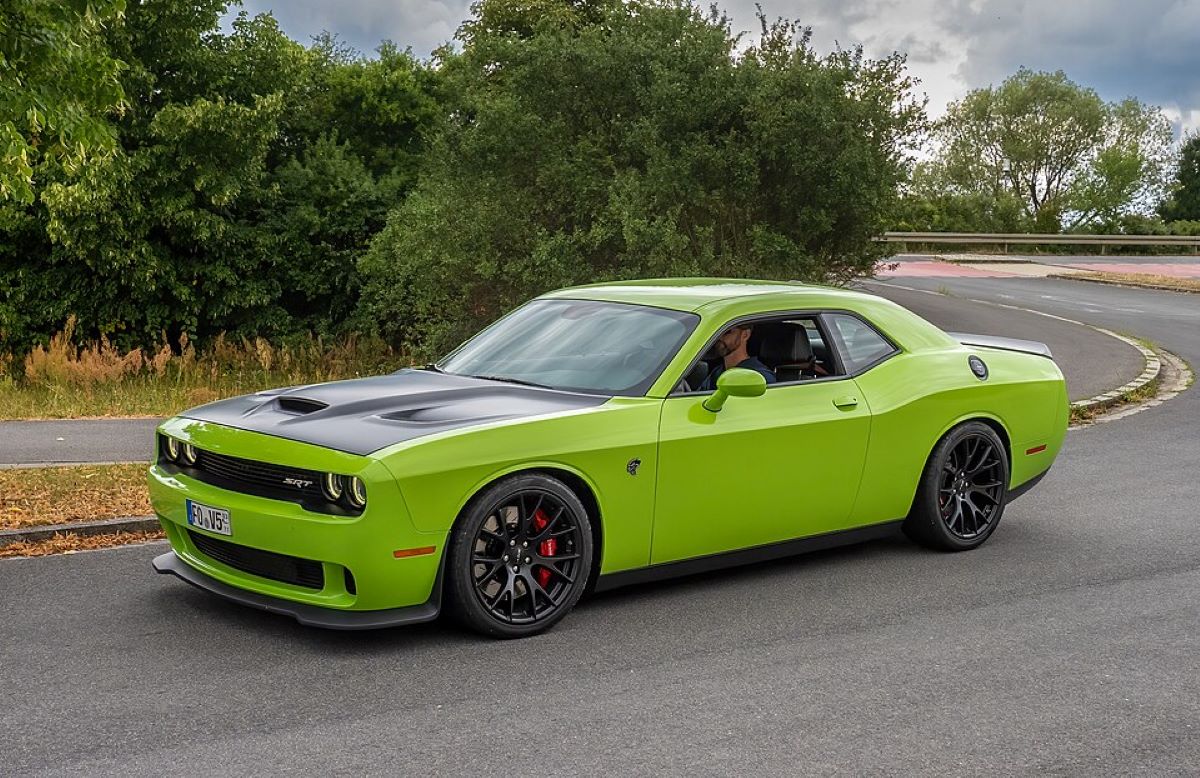
While the Challenger delivers impressive straight-line acceleration, its handling characteristics prove less suited to daily driving scenarios. The substantial weight and softer suspension tuning (compared to dedicated sports cars) result in body roll during cornering and less precise responses to quick steering inputs.
The large turning radius further complicates urban maneuverability in tight spaces frequently encountered during commuting. Interior accommodations reveal mixed results for commuter duty.
While the front seats provide reasonable comfort for average-length drives, they lack the support and adjustability found in more commuter-focused vehicles.
The rear seats, despite being more usable than some competitors, remain challenging to access due to the coupe configuration a significant consideration for carpooling scenarios.
Technology and safety features, while improved in recent model years, still lag behind many competitors in the commuter space.
Advanced driver assistance features like adaptive cruise control and lane-keeping assistance valuable tools for reducing fatigue during congested commutes are available only on higher trim levels as optional equipment rather than as standard features.
For enthusiasts who prioritize character and performance over practical considerations, the Challenger’s shortcomings as a commuter may represent acceptable compromises.
However, most drivers seeking a primary vehicle for daily transportation would be better served by alternatives offering better efficiency, maneuverability, and commuter-focused features.
3. Land Rover Range Rover
The Land Rover Range Rover projects an undeniable aura of luxury and capability, establishing itself as a status symbol in executive parking lots worldwide. However, beneath its sophisticated exterior and prestigious badge lies a vehicle that presents significant compromises when tasked with routine commuting duties.
Reliability concerns cast the longest shadow over the Range Rover’s commuter credentials. Despite improvements in recent years, the model continues to rank below average in dependability studies, with electrical systems and air suspension components representing particular pain points.
For commuters, vehicle reliability isn’t merely a convenience factor but a critical consideration an unexpected breakdown can disrupt work schedules and professional obligations. The frequency of dealer service visits, even for minor issues, represents a time commitment that busy professionals may find difficult to accommodate.
Operating costs extend well beyond the substantial initial purchase price. Fuel economy rarely exceeds 20 mpg combined even with the more efficient powertrain options, while insurance premiums reflect both the high initial value and expensive repair costs.
Routine maintenance follows a premium pricing structure, with replacement parts commanding significant premiums over mainstream alternatives. These combined factors create a substantial ongoing financial commitment that must be weighed against the vehicle’s benefits.
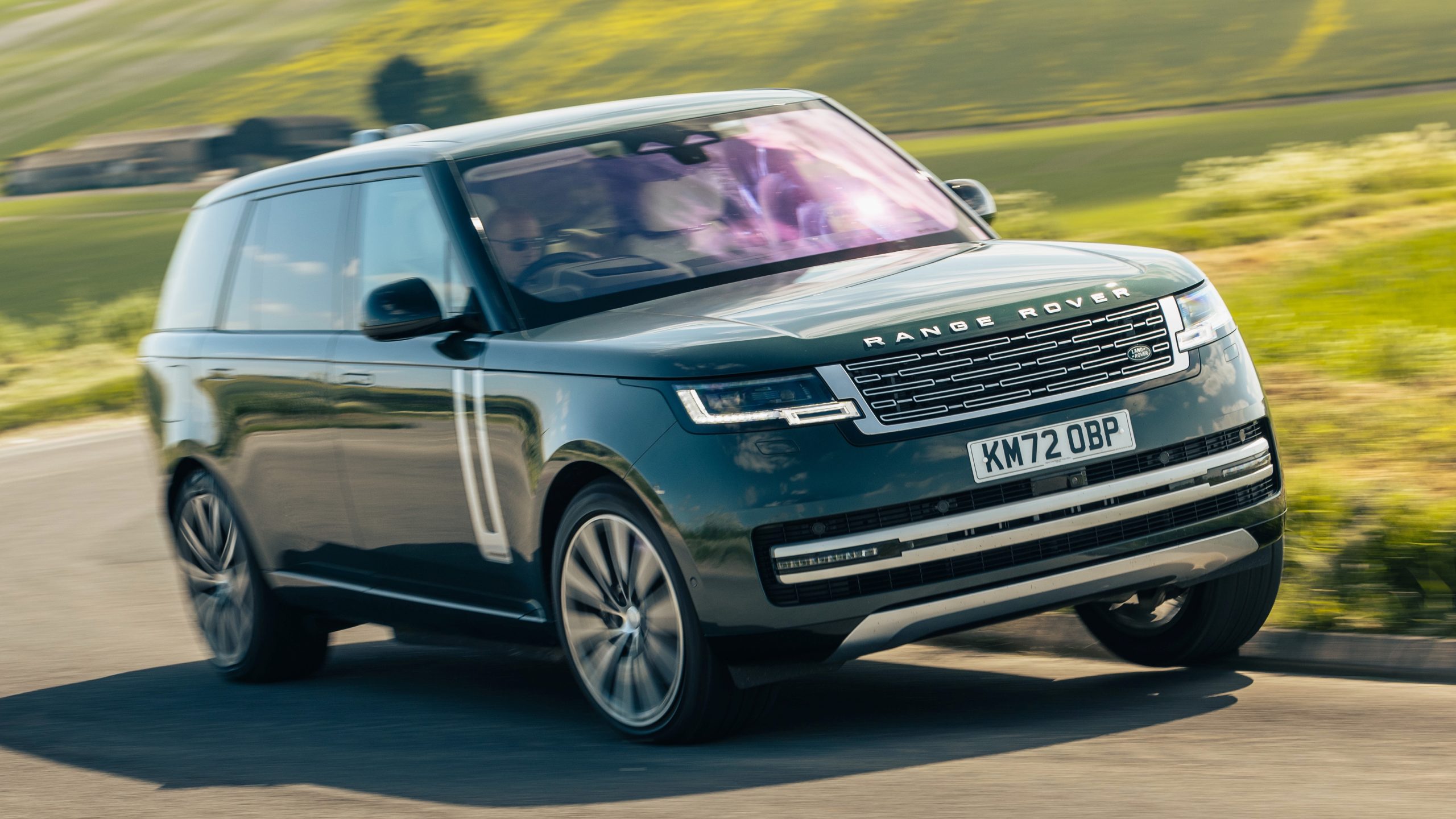
The Range Rover’s substantial dimensions create practical challenges in daily use scenarios. At approximately 200 inches long and 81 inches wide, going through crowded urban environments and fitting into standard parking spaces requires extra attention and skill.
While the commanding seating position provides excellent forward visibility, the substantial blind spots necessitate careful monitoring of surroundings in traffic situations.
The air suspension system, while delivering impressive ride quality on smooth surfaces, can feel unsettled on poorly maintained urban roads with repeated imperfections.
The substantial weight (approaching 5,500 pounds in some configurations) creates noticeable body motions during directional changes, requiring drivers to adopt a more measured approach to cornering than might be necessary in more agile vehicles.
The complex infotainment system, while visually impressive, features menu structures that can require multiple inputs for common functions – potentially creating distraction during commuting.
The learning curve extends beyond entertainment controls to climate and vehicle settings, occasionally frustrating drivers seeking quick adjustments during their daily drive.
For buyers who prioritize status and luxury over pragmatic commuting considerations, the Range Rover’s shortcomings may represent acceptable compromises. However, those seeking a primary vehicle for daily transportation might find more satisfying options that deliver luxury appointments with fewer practical compromises.
4. Nissan Titan
The Nissan Titan presents itself as a capable full-size pickup truck with bold styling and substantial capabilities. However, when evaluated specifically as a commuter vehicle, the Titan reveals significant limitations that make it poorly suited to the daily transportation needs of most drivers.
Fuel efficiency stands as perhaps the most obvious practical concern for commuting purposes. The Titan’s 5.6-liter V8 engine delivers just 18 mpg combined in its most efficient configuration, dropping further with four-wheel drive and higher trim levels.
For commuters covering substantial distances, this inefficiency translates directly to higher operating costs that quickly accumulate over time. Unlike some competitors, the Titan offers no hybrid or more efficient powertrain options to mitigate these concerns.
The Titan’s substantial dimensions create daily usability challenges in typical commuting environments. At over 228 inches long and 80 inches wide, going through the parking structures, urban streets, and even standard parking spaces requires extra vigilance and skill.
The substantial turning radius further complicates maneuvering in tight spaces commonly encountered during daily driving. While the raised seating position provides good forward visibility, the substantial blind spots necessitate careful attention during lane changes in congested traffic.
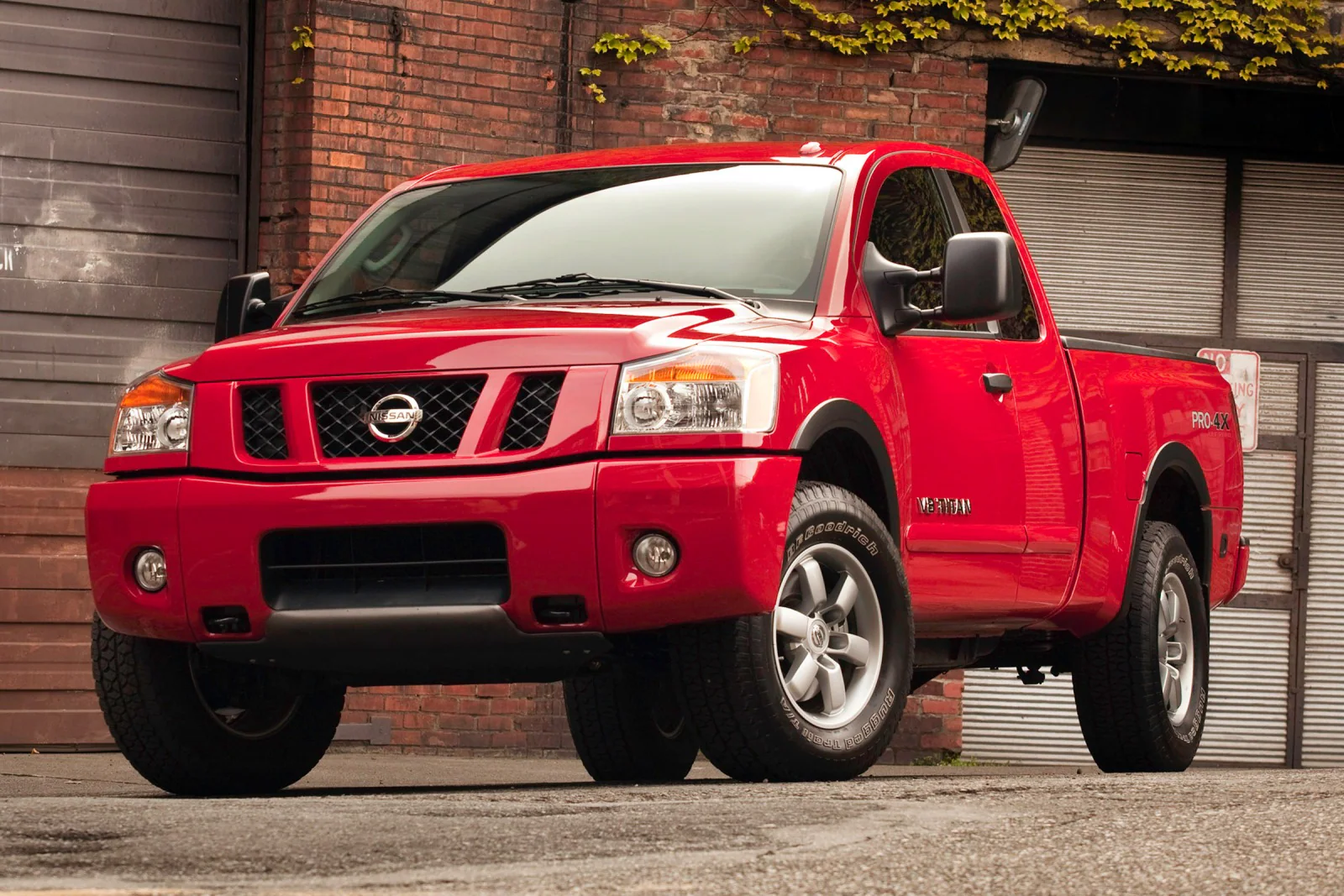
Ride quality, while improved over previous generations, still exhibits the characteristic bounciness of an unloaded pickup truck particularly over uneven pavement frequently encountered in urban environments.
Road and wind noise levels exceed those of more commuter-focused vehicles, potentially creating a fatiguing environment during longer drives. The handling dynamics, optimized for load-carrying capability rather than agility, feel cumbersome in situations requiring quick directional changes.
Interior accommodations reveal a mixed picture for commuter duty. The front seats provide reasonable comfort but lack the adjustability and support found in more commuter-oriented vehicles.
The infotainment system, while functional, trails competitors in responsiveness and feature integration. Advanced driver assistance features that reduce commuting stress – adaptive cruise control, lane-keeping assistance, and similar technologies are available only on higher trim levels rather than as standard equipment.
Practical considerations further diminish the Titan’s commuter credentials. The open bed creates security concerns for transporting items during the workday, potentially requiring additional accessories for weather protection and theft prevention.
The substantial height creates a higher step-in requirement that can become tiresome with frequent entries and exits throughout the day. While the Titan serves admirably for those whose work genuinely requires truck capabilities, its fundamental design priorities create significant compromises for the specific demands of daily commuting.
Drivers without regular need for its utility features would likely find more satisfying daily transportation in vehicles designed primarily for people movement rather than cargo hauling.
5. Mitsubishi Mirage
The Mitsubishi Mirage presents itself as an economical transportation option with an attractive initial purchase price and excellent fuel efficiency. However, a closer examination reveals significant compromises that undermine its effectiveness as a daily commuter vehicle for most drivers.
The driving experience represents perhaps the Mirage’s most significant shortcoming in commuting contexts. The 1.2-liter three-cylinder engine produces just 78 horsepower among the lowest figures of any vehicle currently sold in North America.
This limited power creates genuine concerns during common commuting scenarios like highway merging and passing, where acceleration capabilities directly impact safety margins.
The continuously variable transmission (CVT) further exacerbates these concerns with delayed responses to throttle inputs and pronounced engine noise during acceleration.
Ride quality and noise isolation fall noticeably short of contemporary standards, creating a potentially fatiguing environment during longer commutes.
The suspension struggles to absorb urban road imperfections, transmitting jolts directly to occupants, while wind and road noise penetrate the cabin at highway speeds. These factors combine to create a driving environment that many users find stressful rather than relaxing – the opposite of what most commuters seek.
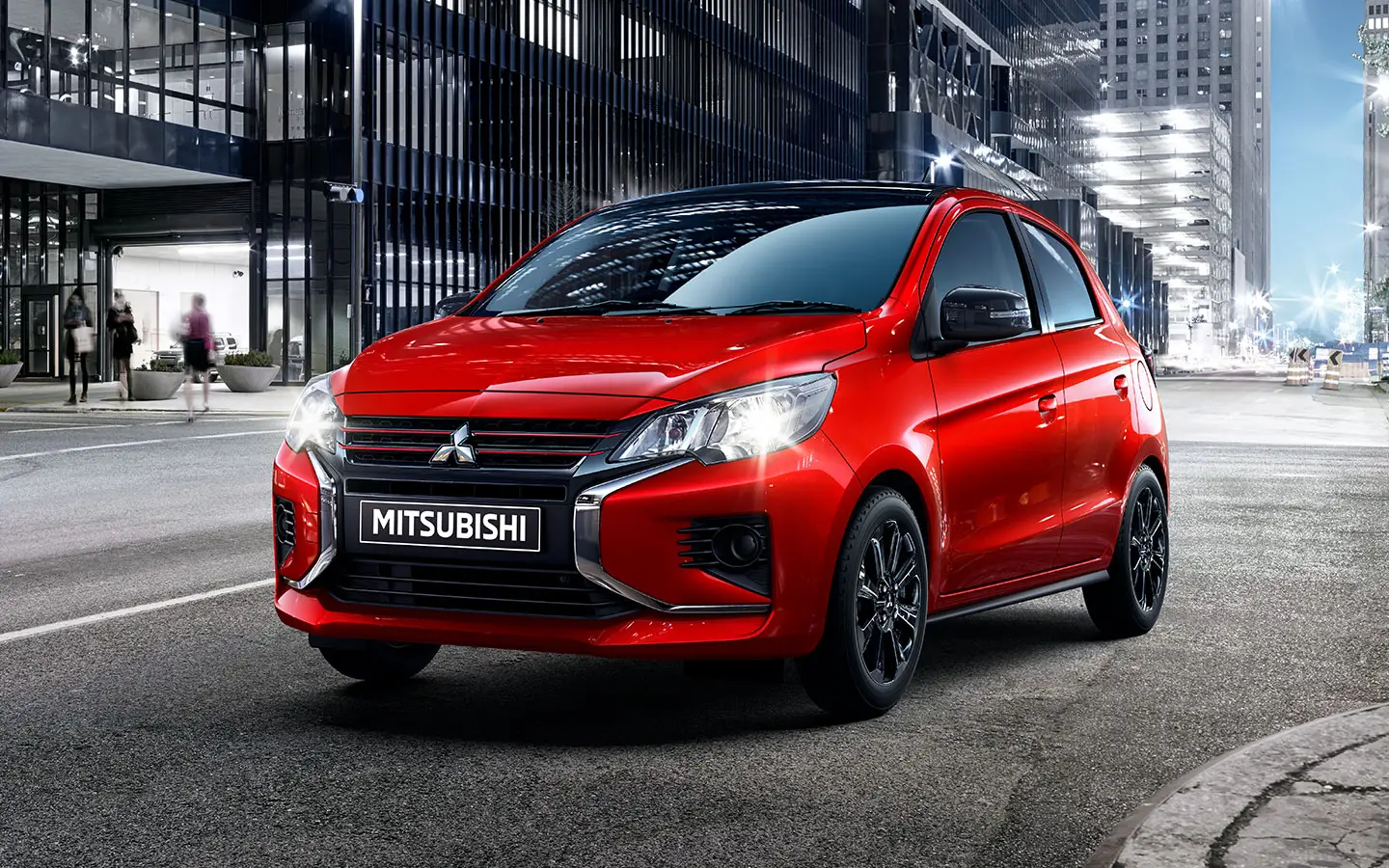
Interior accommodations reflect the vehicle’s budget positioning but create long-term comfort concerns. The front seats lack adequate support for drives exceeding 30 minutes, while limited adjustability may not accommodate all body types effectively.
The basic infotainment system, while recently updated, lacks the refinement and responsiveness of more modern interfaces, potentially creating distraction during operation while driving.
Safety considerations merit particular attention for commuter vehicles that spend extensive time in traffic. While the Mirage offers basic safety equipment, it lacks many advanced driver assistance features now commonly available in competing models.
More concerning are its performance in crash testing, where it achieved lower ratings than many alternatives in the same price range. For daily drivers regularly sharing the road with substantially larger vehicles, these factors represent significant compromises.
While the Mirage’s excellent fuel economy (36 mpg combined) initially seems well-aligned with commuter priorities, this advantage must be weighed against the vehicle’s limitations in other critical areas.
Many slightly more expensive alternatives offer comparable efficiency while delivering substantially improved driving dynamics, comfort, technology, and safety features.
For extremely budget-conscious buyers who prioritize initial purchase price and basic transportation functionality above all other considerations, the Mirage may represent an acceptable compromise.
However, most commuters would find greater satisfaction in alternatives that deliver a more balanced approach to daily transportation needs, even if they require slightly higher initial investment.
Also Read: 5 Cars With DIY-Friendly Maintenance and 5 That Need Specialists

